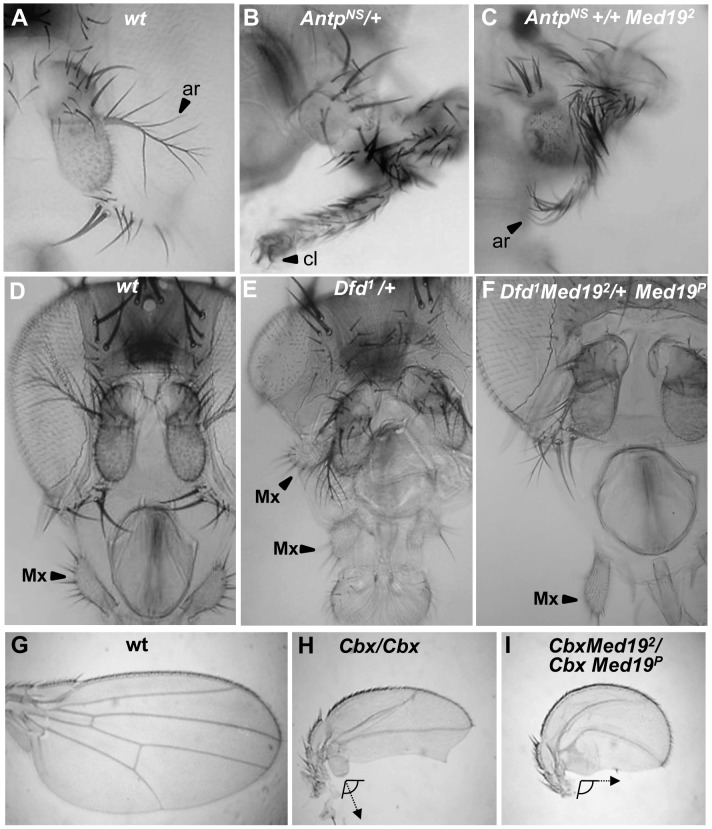Figure 3. Synergistic interactions between Med19 and Hox mutations.
Dose-sensitivity for Med19 was tested relative to Hox gain-of-function mutations of Antp (A–C), Dfd (D–F), and Ubx (G–I). (A) Wild-type antenna, with distal arista (ar) indicated by an arrowhead; (B) AntpNs–directed transformation of antenna toward leg with distal claw (cl, arrowhead); (C) the transformation is attenuated in AntpNs/Med192 trans-heterozygotes, as shown by the presence of a partial arista (ar, arrowhead). (D) Wild-type head, with the maxillary palp (Mx) indicated by arrowhead. (E) Dfd1 provokes head defects including reduced eyes and the appearance of ectopic Mx (arrowhead), here positioned behind the antenna. (F) In Dfd1/Med192 heterozygotes (or here, Dfd1Med192/+ Med19P), no ectopic Mx were observed. (G) Wild-type wing. (H) Homozygote for the UbxCbx1 gof allele that expressed Ubx protein in the posterior compartment of the wing. Note the discrete hemi-haltere induced by Ubx, which is oriented at right-angles relative to the longitudinal wing axis. (I) In UbxCbx1 Med192/UbxCbx1 Med19P wings, the posterior wing is no longer organized as a hemi-haltere, and the cellular trichomes are reoriented toward the long wing axis (arrow).

